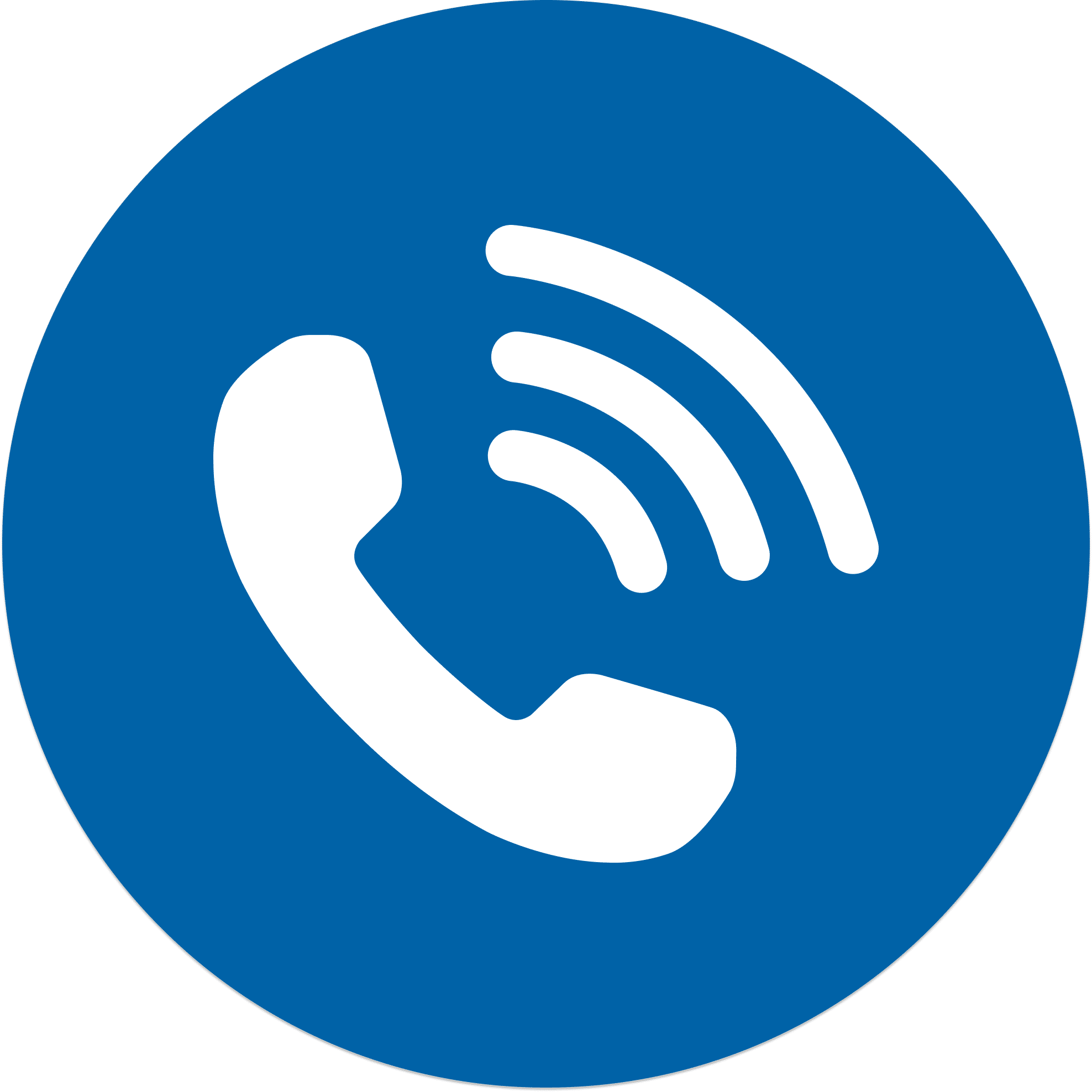On Saturday, November 10, World Keratoconus Day, the corneal condition “keratoconus” (ker-uh-toe-kOH-nus) comes into the spotlight, along with the treatments offered to help patients with this very frustrating condition.
Amber Bright is a person who has felt the affects of progressive keratoconus in both of her eyes. At one point, her vision had degraded to the point that she could not identify her grandchildren from a distance or make out the faces on a television screen. The Youngstown woman was legally blind; her future as dark as the images on her retina.
“I couldn’t see anything, and the doctors I went to told me there was nothing that could be done,” says Amber, “I went into a state of depression.”
It was during a routine eye examine in 2010 that Amber was diagnosed with keratoconus in both eyes. The condition affects the cornea, the clear, dome-shaped front surface of the eye. Individuals with the condition experience a thinning and bulging of the cornea causing poor vision.
Amber’s distorted cornea caused blurred vision, and that was Amber’s first indication of the problem. She found it necessary to go more frequently for eye exams and stronger contact lenses. Within three or four years, her corneas had reached the point where the contact lenses fell out because they could not conform to the dome-shaped cornea.
“The only way I can describe my vision was that it was like looking through a windshield while it is raining,” Amber says. “Chores around the house became a struggle for me.”
During an exam in 2014, Amber was told there was nothing else that could be to correct her condition. “I cried. I cried and talked to God and asked him ‘Why?’ I was actually mad at God,” she says.
About that time, Amber stumbled onto a television medical program in which a Beverly Hills, California, doctor shared the story of a boy whose keratoconus was successfully treated using a procedure awaiting FDA approval. Coming on the heels of bad news from her eye professionals, the story brought a flood of hope.
“When I heard about that, it changed my mindset, and things started happening for me,” Amber says.
The California clinic’s charge of $15,000 per eye was daunting. Amber searched the Internet for other providers and discovered that Clear Choice Laser in Brecksville offered Corneal Cross-Linking for keratoconus as intacs.
Cross-linking is a minimally invasive procedure. It uses a combination of proprietary riboflavin (vitamin B-2) eye drops and ultra-violet light to encourage the formation of links between the collagen fibrils on the cornea.
Dr. William F. Wiley of Clear Choice Laser determined that the keratoconus in Amber’s right eye had progressed to the point where only a corneal transplant could correct her vision. Amber was referred to a specialist for that procedure and, after confirmation of the prognosis, placed on a transplant waiting list.

The cornea in her left eye was deemed a candidate for Corneal Cross Linking. She scheduled the procedure at Clear Choice Laser, one of only 100 facilities nationwide that offers the treatment.
Corneal Collagen cross-linking is a technique that was first used in 1998 to treat patients with a disease called keratoconus. In keratoconus the cornea (the front clear window of the eye) can become weak, think, and irregularly shaped. Normal corneas have crosslinks between its collagen fibers that keep it strong and able to retain its normal shape. In keratoconus, the cornea is weak with too few cross-links or support beams. This weakened structure allows the cornea to bulge outwards. The cross-linking procedure adds cross-links or “cross beams” to the cornea, making it more stable, holding its shape and focusing power better. These new cross-links help strengthen the cornea which stops the thinning process and further loss of vision.
While some post-operative irritation is common with the outpatient procedure, most patients are able to return to work and normal activities within a few days.
“It was so easy,” Amber says. “I was afraid, but it was easy. It wasn’t painful, and the next day I noticed my vision was already getting better.”
Amber later received a corneal transplant in her right eye at another facility. Nearly two years after receiving the Corneal Cross-Linking procedure, she wears a contact lens to correct some residual vision loss in the left eye. She’s also found a new mission in life, helping other progressive keratoconus patients connect to the treatment and fund the procedure.
Her “Eyemazing Grace” (a play on “amazing grace”) website blends her faith with a message of hope, both in terms of treatment and financial assistance made possible by online sales of T-shirts bearing her Eyemazing design https://www.eyemazinggrace.com. A portion of sales goes to assist patients with the expense (she notes that the cost of her treatment at Clear Choice Laser was significantly less than the Beverly Hills Clinic’s quote).
“I am now on a mission to help other people get their vision back and not have to worry about the financial part of it,” she says. “If I can help just one person a year with that (through her website sales), I will be happy.”
She gives Clear Choice Laser, Dr. Augustine, and Dr. Wiley high marks for their compassion and healing at a time the world had become very dim for Amber.
“They opened their arms to me; I felt so comfortable around their staff and doctors,”








